-
Posts
1,512 -
Joined
-
Last visited
-
Days Won
23
Content Type
Profiles
Forums
Blogs
Gallery
Events
Store
Posts posted by Farkas
-
-
I don’t recognise it but I agree it looks French or maybe Belgian…
The attachment was used as the symbol for the Free French in ww2 so maybe a veterans medal
Good looking thing 👍
cheers
tony 🍻
0 -
5 hours ago, TracA said:
Here it was decreed that recipients could only have one rank of the Order of the Rising Sun or Sacred Treasure or Golden Kite at a time. So, for example, receipt of the OST 3rd Class necessitated returning the OST 4th Class previously received
It makes sense that if it a ‘rank’ then you can’t have two but to not let them keep the old medal 🤷♂️ That seems a bit harsh!
Glad they dropped that rule.
BTW You said you have a lot to learn but once again you put together a very interesting post. I find when I ‘write’ things they stay in my head a bit better, if you’re picking up even just a fraction of the details you share, you are well on your way in a tough field to get into. 👍cheers
tony 🍻
2 -
6 hours ago, TracA said:
Hi Tony,
Great to see you pick-up this thread again. Wonderful pictures.
All the best,
Tracy
Thanks Tracyyou always say something nice 🍻.
Yes, I’ve been distracted, I kept starting new ones and I knew really had to finish that Karl Truppen Kreuz topic but it took ages…
I’m back on track now 😊
A 30.5cm artillery piece (mortar?)May 1915
Close up
Reverse of above
cheers
tony 🍻
2 -
On 09/02/2024 at 00:14, Dave Danner said:
Dave,
Such an interesting picture 👍👍Made me have a Google…
I found this in an interesting & in depth piece on Reddit. I’ll put the link underneath.
’The gilt finials were in the shape of the spear-head with the rulers monogram or a heraldic lion engraved or cut-out. Silk cravats were tied underneath the finial – these were usually donated by the Colonel or a wealthy sponsor and were richly embroidered with patriotic slogans; the decorations of particularly distinguished members of the regiments could also be hung on the standard.’
tony 🍻
0 -
-
-
5 hours ago, Christian1962 said:
In my opinion you should note that these medals were worn by their owners over years after WW1, in the interwar period and after WW2. Sometimes the ribons had to be renewed when the became bleached or dirty. Propper owners changed the ribbons until the 1980ties or 1990ties. Replacement or tailor medals were offered anyway.
The quality of the 1917 - 1919 ribbons was quite poor, so many owners changed them as soon as possible.
Therefore is a lot of old original medals in circulation which have a later mounted ribbon. In my opinon they are all legit.
Regards
Christian
Totally agree.
I even have a ‘beginners guide’ to British medal collecting from the 70’s or 80’s and it advises replacing ribbons whenever possible. 🙈
tony 🍻
0 -
Hi Greg,
just came across this topic and the comment below…
Serious collectors of these medals try to match the level of aging and patina of the ribbon to those of the medal.
I don’t have the knowledge that Simius has but in his haste to be snide he may have forgotten the difference when considering the ribbons on these wound medals… they were meant to be replaced.
Though Verwundetenmedaille were only around from 1917, this medal and any other could still have been worn for some time. A well worn wound medal on a newer looking ‘multiple wound’ ribbon is not unusual, acceptable because a ribbon change was required when the unlucky owner got wounded again.
If the ribbon is period then I see no problem. 👍cheers
tony 🍻
0 -
On 15/02/2024 at 17:18, bigjarofwasps said:
Would be interested to learn, whether this is a genuine group or not. It’s clearly a set of miniatures. But I’m struggling to find a CGC winner who was also awarded the MSM under the King. I think I’m right in thinking that they’ll only be -
New Years Honours 2023
Birthday Honours 2023
New Years Honours 2024
According to the gov.uk announcement in October 2023, King’s effigy MSM only came into existence that year, which means this recipient would have had to have been on the New Years Honours 2024 list for their MSM. But there appears to be only one Army recipient and he isn’t documented as having the CGC.
Unless I’m missing something?
Nice looking group, it counts for nothing in reality but ‘it doesn’t look like a put together to me’ was my first reaction 👍
12 hours ago, Aberdeen Medals said:There might well be someone who has such a combination - but was awarded an EIIR MSM.The mounter just using whatever 'reign' type they had in hand....
Miniature medal mounters, since way back, are occasionally known to substitute medals of different (wrong) reigns, and medal types. There was even a time when plain blank medal discs would be mounted as a temporary measure on the otherwise correct ribands, as the actual medal was not yet available from suppliers......
👆 Makes good sense to me.
Cheers
tony 🍻
Quick Rant.
Petty of me I know but nonetheless…
I find it a annoying that the NATO medal has precedence over our own, even over the two in places 3&4. I guess it’s the dates that decided that, though I can’t make out the bar on #3.
I’d like our own awards first, nato and or foreign at the end, and if the argument is that the NATO medal was hard earned then we should have our own award for recognition of that.
As someone who never served I may be wrong but I believe there should be far more recognition for military service.
If they can give them out for workers ‘sticking needles in arms’ then why not for more valiant things…Rant over.
3 -
On 10/02/2024 at 23:18, No one said:
Lovely looking group with the older & first of 2 King George VI designs issued. This one declared him as Emperor of India, after Indian Independence in 1947 the obverse was redesigned without that.tony 🍻
1 -
Hi Gents,
just a quick heads up for anyone interested in militaria from the Northern Ireland conflict… I just saw there is currently a mess kit for sale on EBay attributed to Colonel Eaton T.D. murdered in cold blood by the IRA in 1976.

Col. Oliver Eaton T.D., General Staff and North Irish Horse, killed by the I.R.A. 30/06/1976.Item no : 276115881889
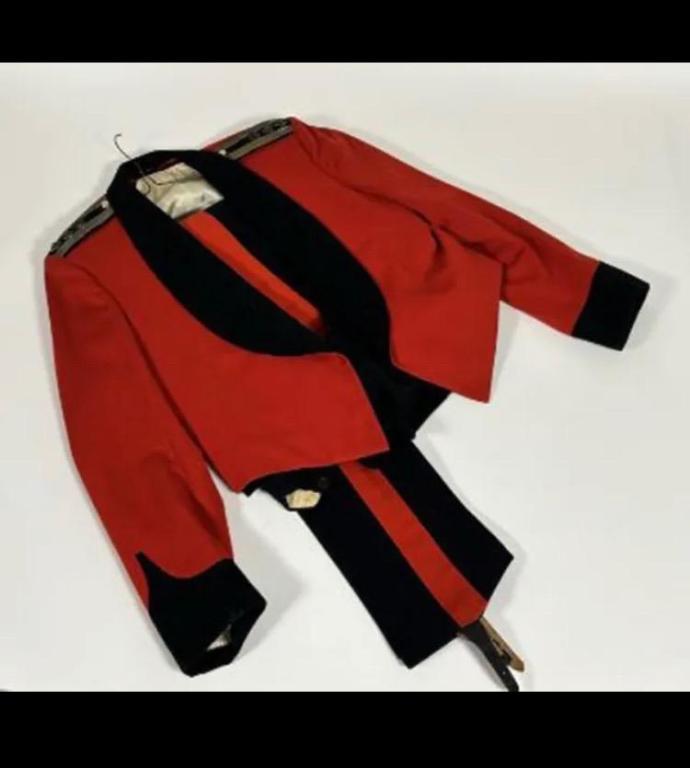
Nowt that special in itself but nice if the troubles are your area of interest.cheers
tony 🍻
1 -
On 07/02/2024 at 13:38, 1812 Overture said:
I like it, please give it to me~!

Of course… collection only though, 🤭0 -
On 04/02/2024 at 14:01, Gordon Craig said:
Farcas,
Interesting to see that these small badges are traceable. Thanks for posting that kind of information.
Regards,
Gordon
Thanks Gordon, it isn’t usually like that is it… when I found the lists It was a pleasant surprise,tony 🍻
On 04/02/2024 at 22:25, Duncan said:Hello, thank you for the information, that's very kind of you to help.
All the best, Duncan.
let us know if you find out anything interesting 👍tony 🍻
0 -
Hello Gents,
I’m happy to post some more pictures if anyone wants to see the cap in detail but for now my question regards the tassel👇
I’ve looked for any mention or picture of any FSC , anything with this feature and I have found nothing.
Regs were in constant change during late Victorian era, so irregularity was common especially overseas and particularly amongst the Army Medical Services but there is nothing at all I can see about this. & I’ve read through a lot!
At this time the owner had recently joinec (1899) the Indian Medical Service (IMS) and was not an officer in the RAMC.
- I believe IMS were considered as being ‘mounted’ infantry, is it related to that?
- I know he was attached to ‘11th Madras Infantry’ and ‘66th Punjabis’ between 1899 and 1902, is it related to that?
If anyone can explain it to me that would be great but I’d be happy with any thoughts or pointers 🤷♂️
cheers
tony 🍻
0 -
You’re welcome 🍻
The Pitt buttons are post 1895, that is when they moved to Maddox Street.
I’d agree with your initial feeling that this is a Victorian/Edwardian worn tunic.
As you said yourself, when uniforms changed the officers had some leeway, they purchased their own uniforms.
👇 (I admit I have a lively imagination..,)
I’d say this man wore his Victorian style as long as he could before the alterations were done (maybe reluctantly) post 1902.
Perhaps he had a role to play in the coronation even…
The new King Edward vii was to have a crown usually shown a slightly different shape to the later George crowns but in 1902/3 if commissioned to make some KC buttons I can imagine Pitt&Co would not have an official design to follow as yet. The entire look of the 6 buttons is ‘ropey’ as, I was surprised that they were from a reputable maker at all…
But who knows eh 🤷♂️(😁 I did say I have an imagination 😁)
tony 🍻
pS QVC Buttons…
If you can tell me what is on the reverse of the Victorian buttons I can maybe narrow down the date a bit more.
0 -
-
19 hours ago, diwe said:
I usually collect uniforms from Southeast Asia, mainly Thai, but decided to add two tunics of the Foot Guards to my collection as they heavily influenced the creating Thai uniforms during the Victorian age. One of my tunics displays for the Scots Guards displays buttons on the front, rear, and shouder boards that were worn during the reign of Queen Victoria with the distinctive QV crown. (1) However, the buttons on the cuffs are a different style (Edward VII) (IMG 1028 and 1030)? I consulted Howard Riply's Buttons of the British Army but am still trying to identify the crown. I assume that this officer served during the reign of Queen Victoria and then Edward VII. Please correct me if I am wrong but I read hat the officers were allowed to continue to wear the buttons with the crown or cypher of the previous monarch but when they needed replacement they had to replace the entire set. So this is an interesting combination. (2) My second question is about the tailor label the uniform sports. Is there a way via a chemical process to make it visible again? Thanks so much!
I think I can explain some of it… 🤞I’ve got two Royal Artillery tunics, one 1900-1905 and the other an older Victorian tunic. The following is based on RA regs but seem to explain your tunic, which is very nice btw.
In 1881 and 1891 the officers tunic was changed. The red piping was changed and in 1891 all piping on the skirt/ bottom edge was discarded
In 1881 the corners of the collar were rounded and in 1891 the corner of the skirt at the bottom of the buttons was squared.
Rank insignia moved around too, collar, shoulder and sleeve lace all were used. Just to say again, this is all RA, the guards would have had their own variations.However… back to your tunic 😊
In 1891, the rear of officers tunics changed. Instead of a single button on either side, the was the addition of the ‘decorative’ pocket flaps. This was a significant change.
Braiding and and 3 additional buttons on either side.
Looking at yours, it appears the rear panel with the pockets/buttons is an alteration.I would say done to conform with the new regs and assuming it’s period then done in 1891. I don’t see why a modern day owner would change a pre ‘91 tunic to look like a newer one 👍
That then explains the buttons too.
They have taken the 6 buttons from the cuffs to use on the tail,
So, as the buttons on the cuffs then needed replacements, presumably in 1891, I reckon they might well be theatre made. i’ve several Indian made buttons with random looking crowns.
These are period QVC buttons made in India 👇Can you see anything on the buttons back to confirm or disprove this? 🤞
tony 🍻
0 -
Hi Duncan,
looks like there are registers with the names for numbered badges, maybe they are the badges you have…
https://www.awm.gov.au/articles/encyclopedia/badges/female_relative
the link takes you to this 👇
fingers crossed for you 🤞
tony 🍻
0 -
👍 I clearly can’t argue with that Gents.
I know I should just stay in my lane but I meant well 😊
🍻cheers tony
1 -
Hi Gents,
I’m nothing if not annoying, I apologise but please bear with me, I will leave it be after this, 👍
I can see where I think Vernon would fit but to do that I am taking the ‘black’ (impressed?) parts as the letters, is that how you see it?
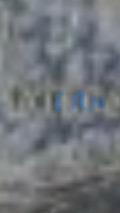
Myself I would expect the letters to be raised and therefore show as ‘white’. When I am looking at it like that I see WIENER…
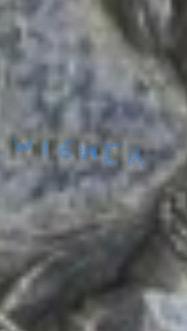
Anyway…. Good luck gents
I’m gonna leave ya to it, 😊
Its a lovely little thing for sure.
tony 🍻
0 -
41 minutes ago, gjw said:
Love it!!! I'd like to get that version also.
Best,
Greg
30 minutes ago, Stogieman said:Nice piece on an interesting ribbon!
cheers both,it’s not just me then, these aren’t that common are they.
When I saw it I wasn’t sure if the ribbon was gonna be legit, but couldn’t remember the last time I saw one of these on any trifold, I had to take the punt, even with 7 quid postage.
A neat ribbon and good looking kreuz too.
tony 🍻
🏴🇬🇧
0 -
Hi Gents,
I thought I might add this here.
An Austrian kriegervereine association piece with a “St. Lambrechten” clasp/link for veterans of the 1914-18 war.
Sankt Lambrech is in Styria, Tyrol I believe. Seems popular for skiing nowadays. There is still today a memorial to the fallen of both wars to be found in the abbey there.
tony 🍻0 -
On 09/12/2023 at 19:07, Christian1962 said:On 10/12/2023 at 18:18, gjw said:
Very nice! Congratulations on a good find!
Best Regards
Greg
(belated) Thanks Gents, your positive vibes are appreciated…I’m still enamoured with it!
cheers
tony 🍻
0 -
Hi Gents,
though a German medal from the 30’s doesn’t really belong in this section, I thought I’d sneak it in 😉
I was lucky enough to nab this the other day, it came from an Austrian seller and was just as cheap as these crosses normally are, which surprised me bearing in mind the ribbon.
From Wikipedia :
“ By a decree dated 30 November 1938, the State Minister of the Interior introduced these awards into the Ostmark (the name of Austria after it was annexed by Nazi Germany). By 1940, it had also been approved for persons of German heritage from seized lands of the Sudetenland, Czechoslovakia, Danzig, Saar and Memel.[1]Awarding of the cross to war participants of German heritage continued after the deadline for applications had closed within the previous boundaries of Germany. Such Honour Crosses were still being awarded as late as 1944. For all attached military personnel outside these regions, the Führer, through the ordinance of 30 June 1942, had already ordered approval of these awards.”
Its the first one on a trifold that I’ve had the good fortune to pick up. 😊
cheers
tony 🍻
1


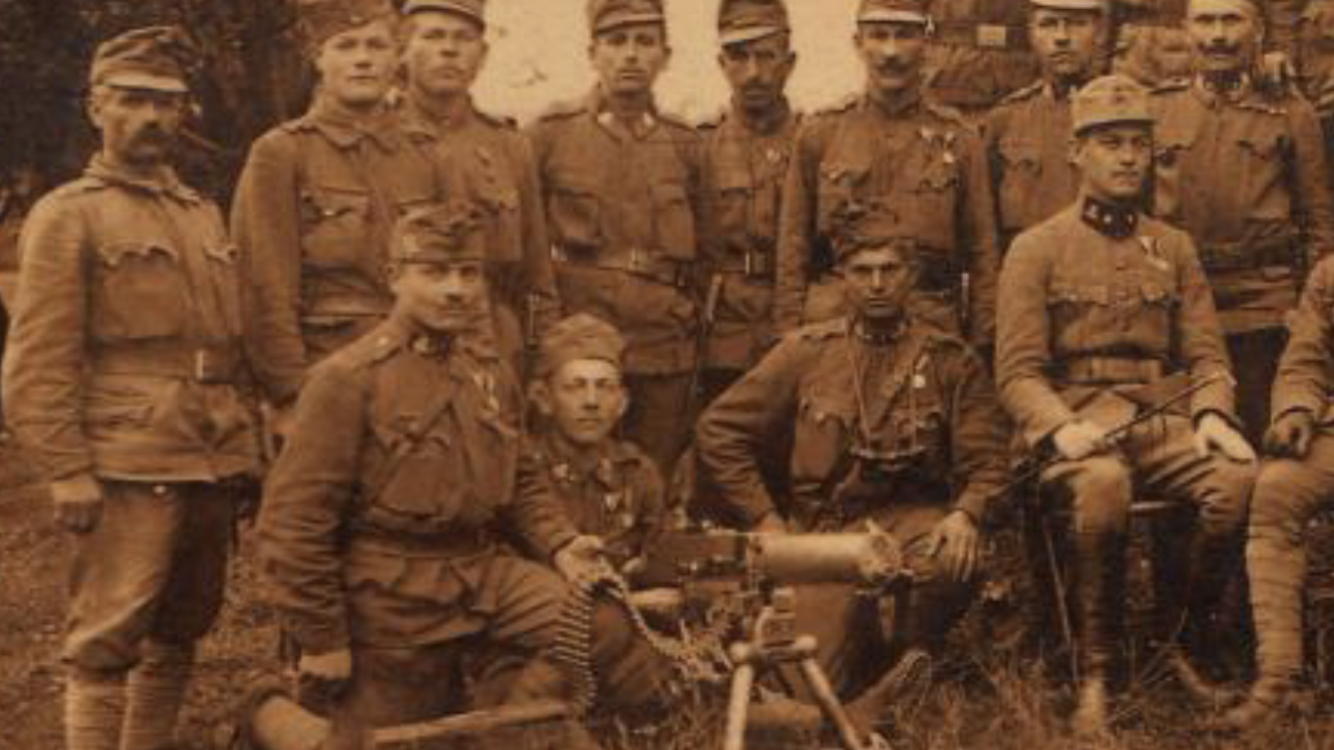
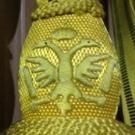
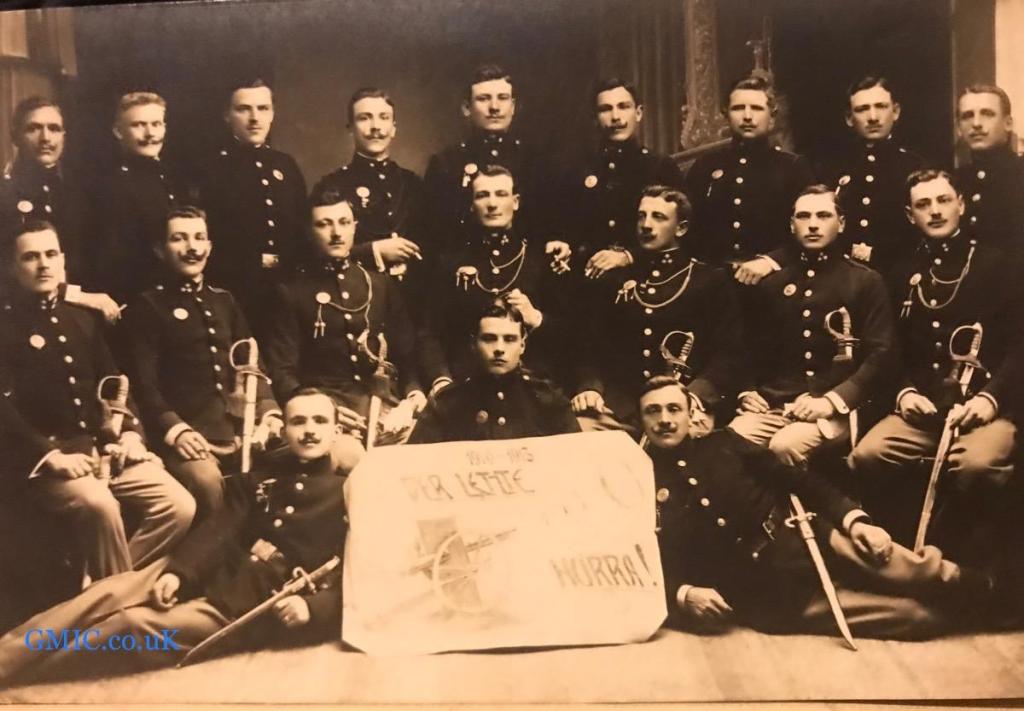
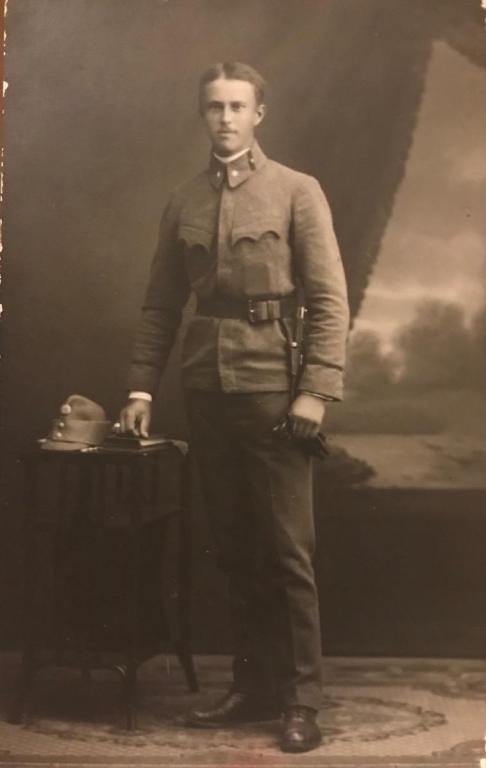

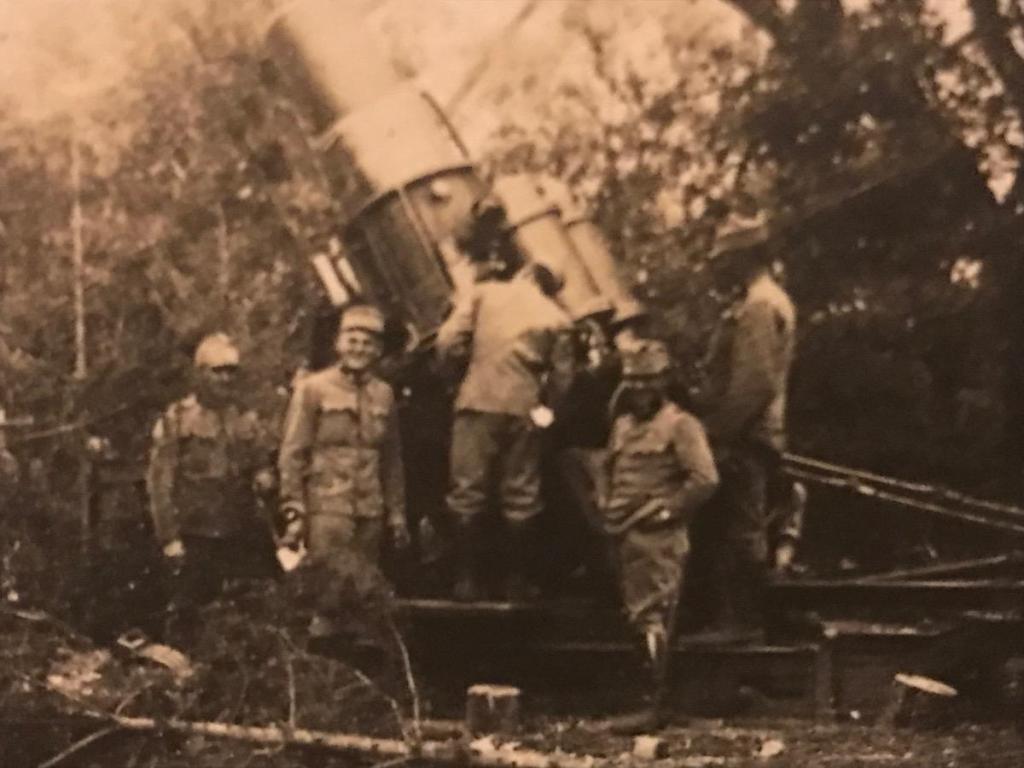
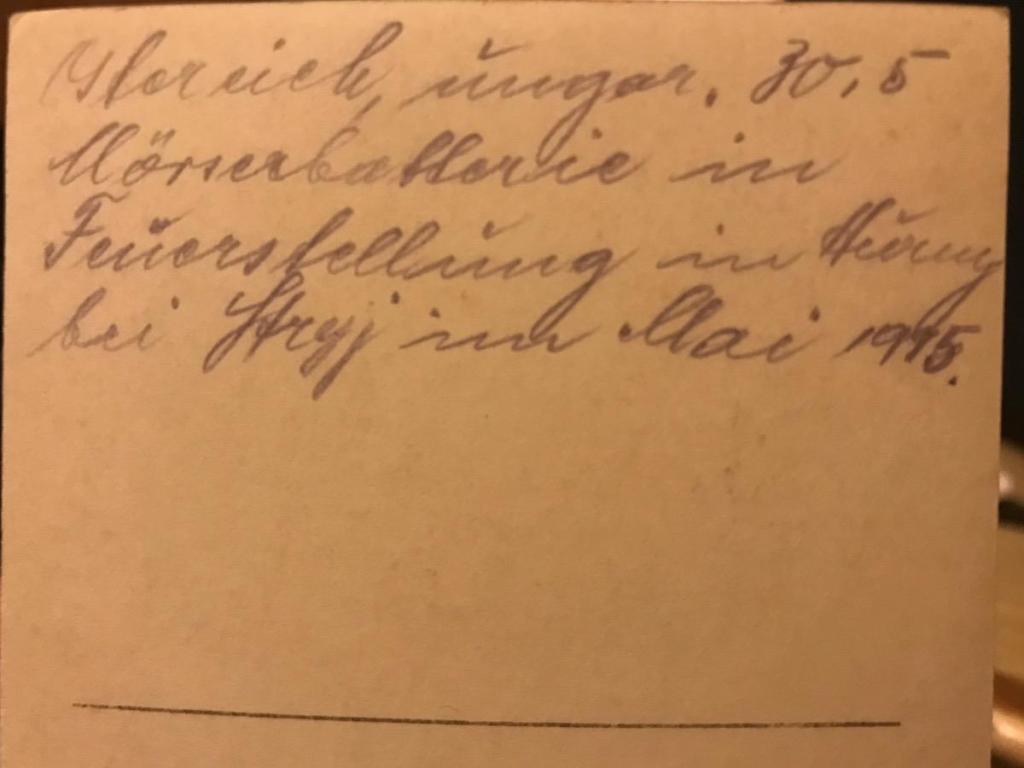
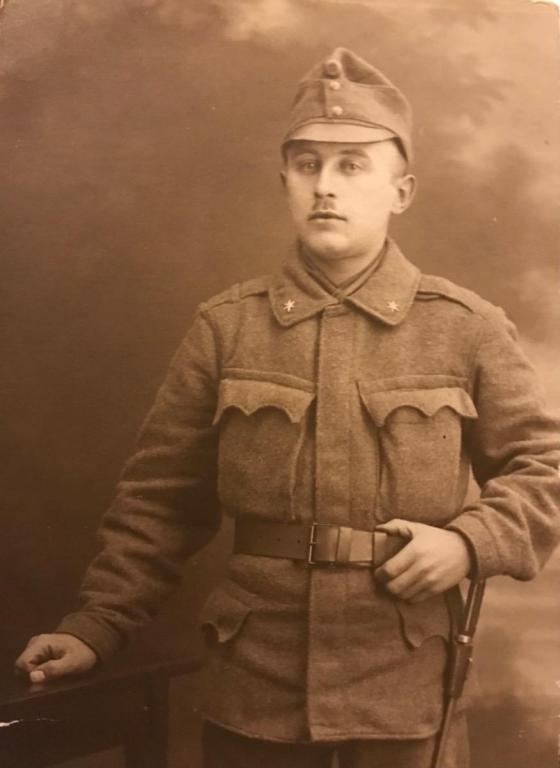
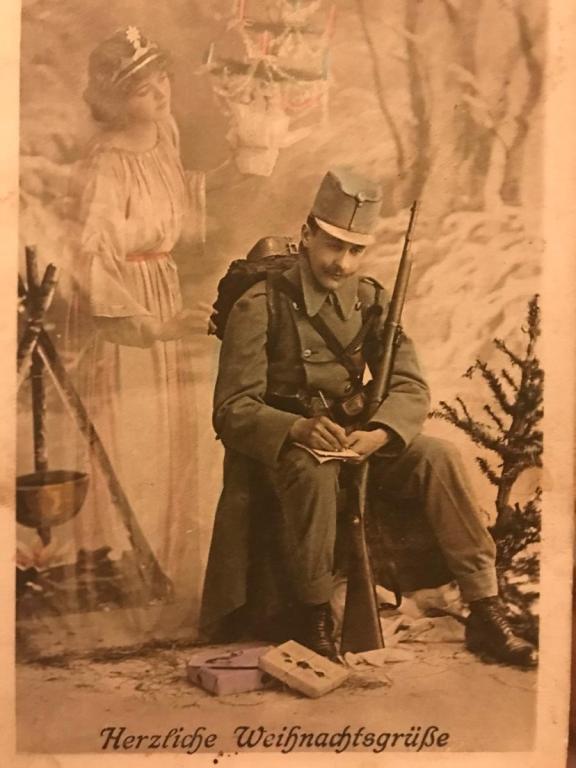
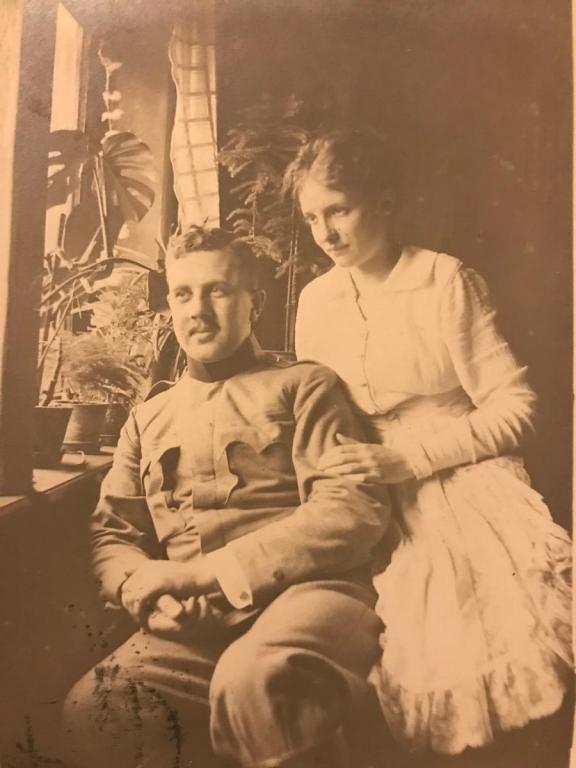
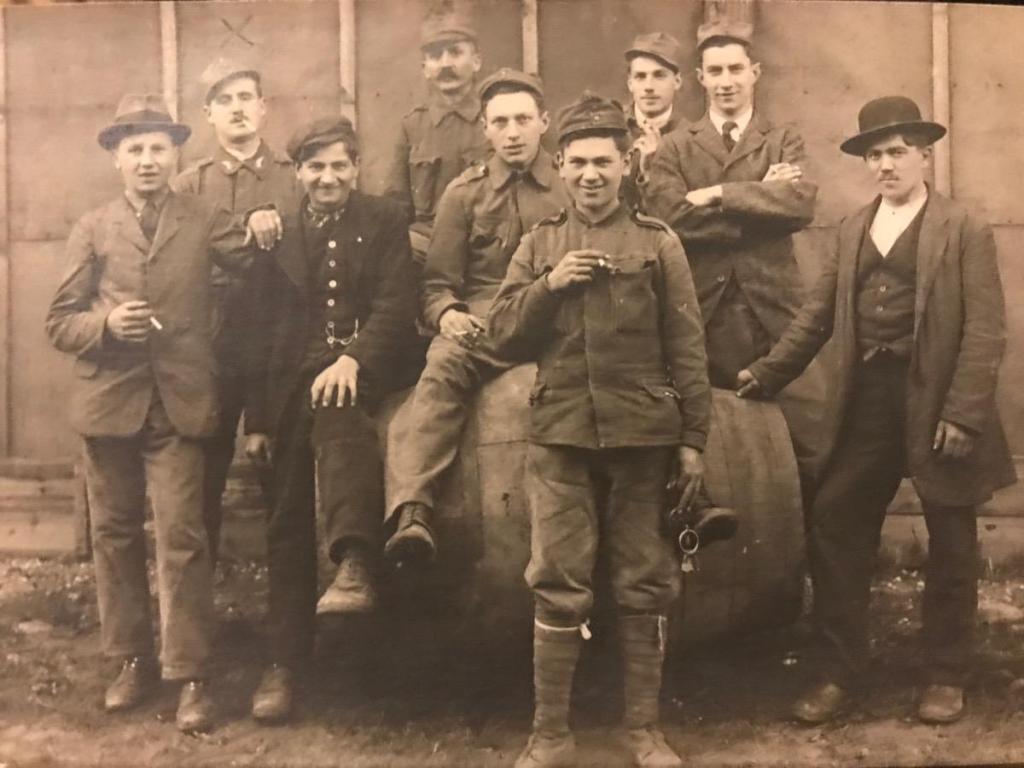
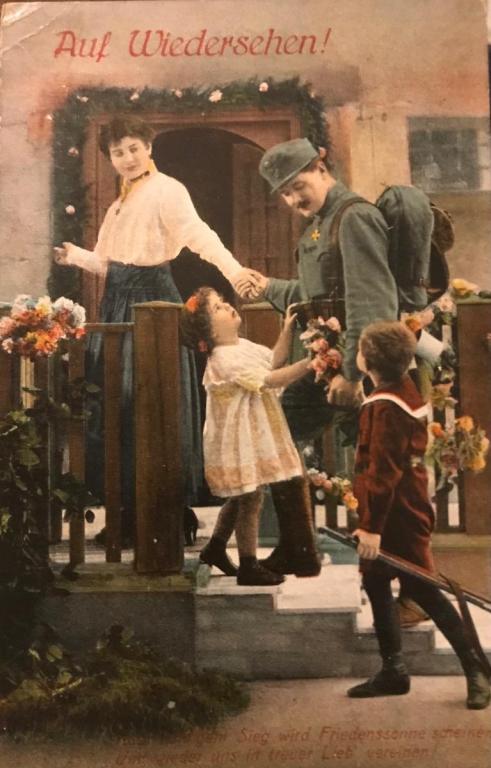
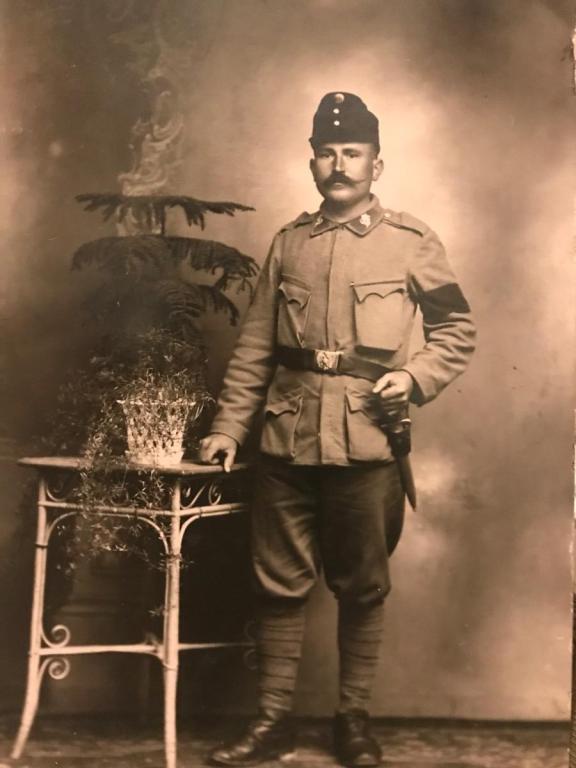
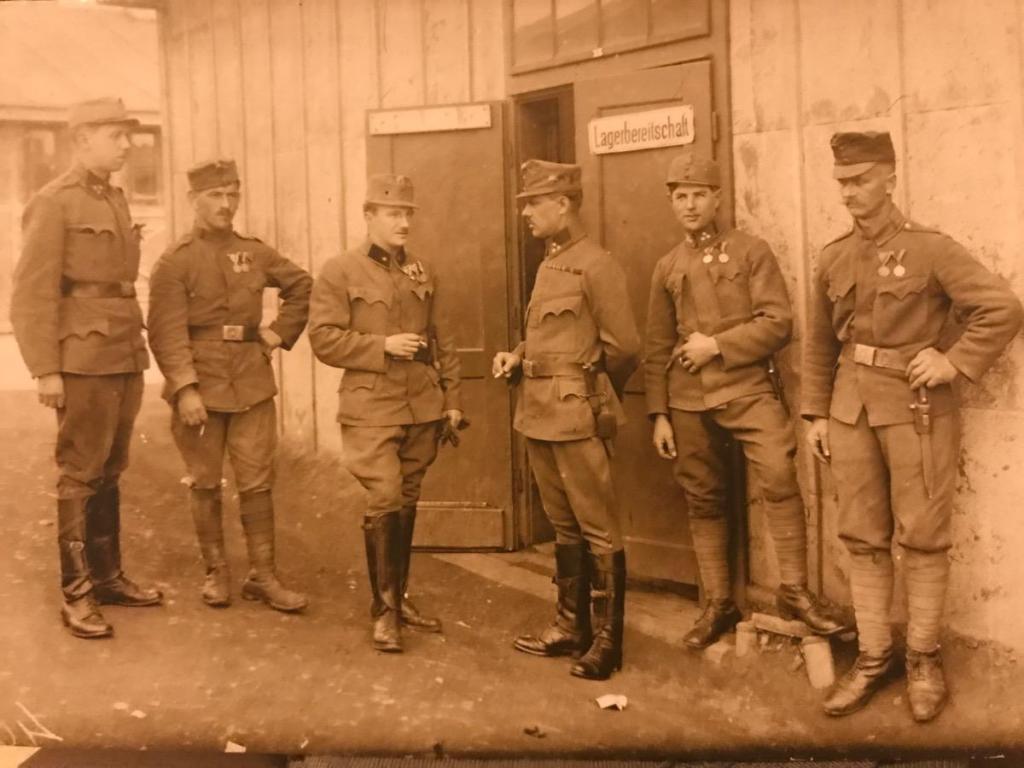
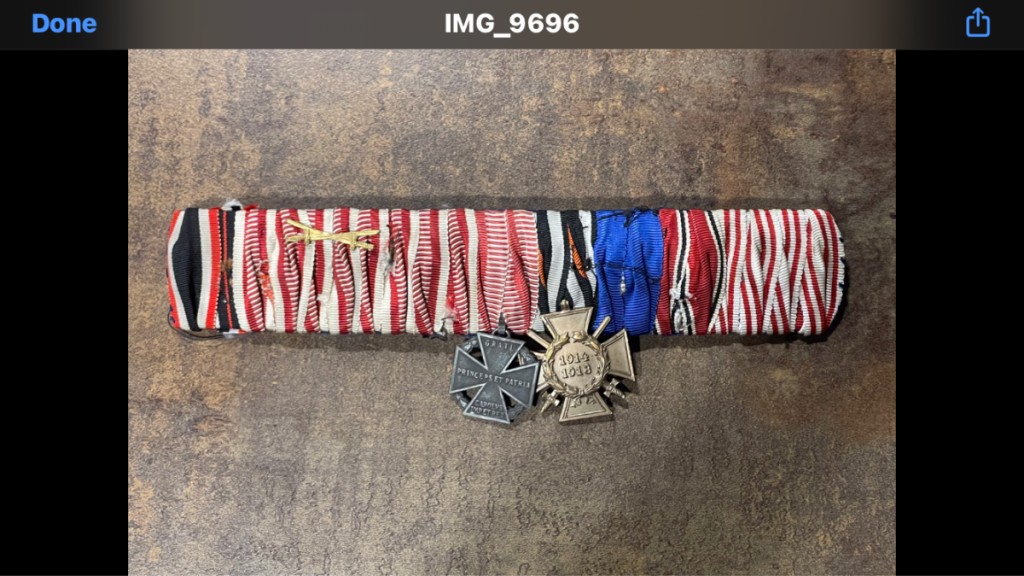
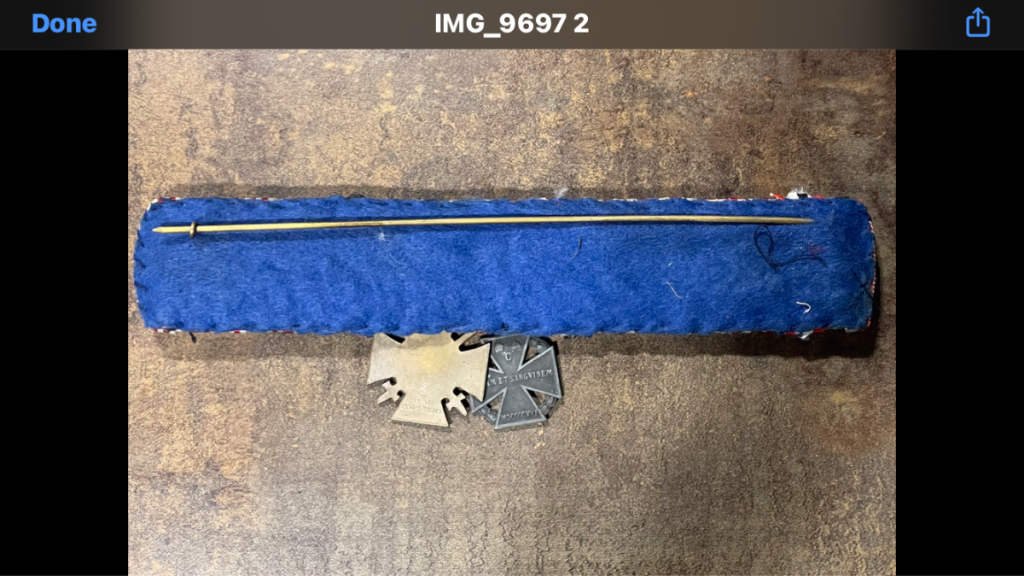


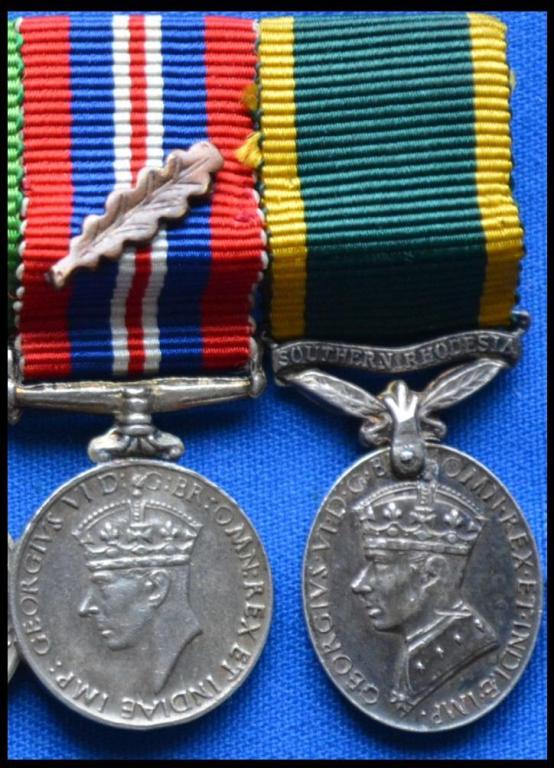

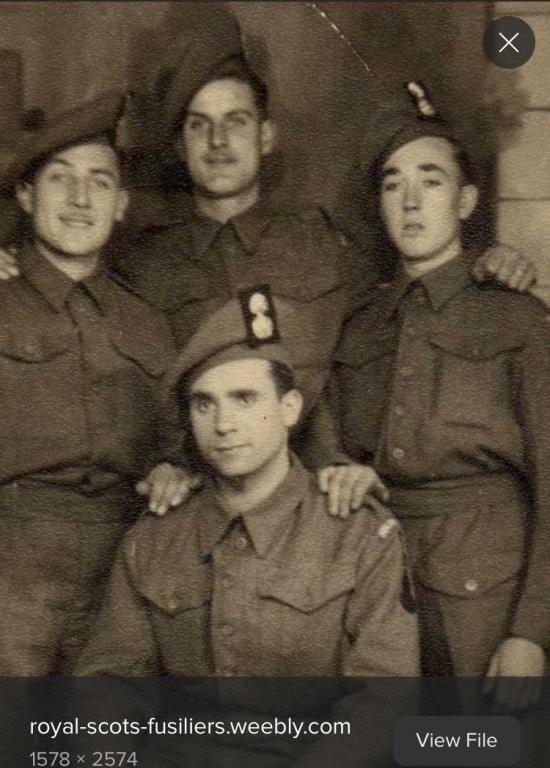
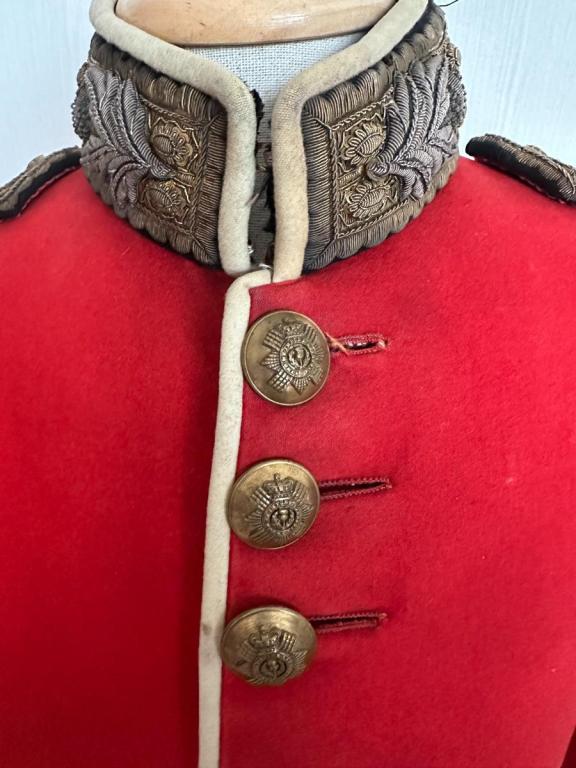

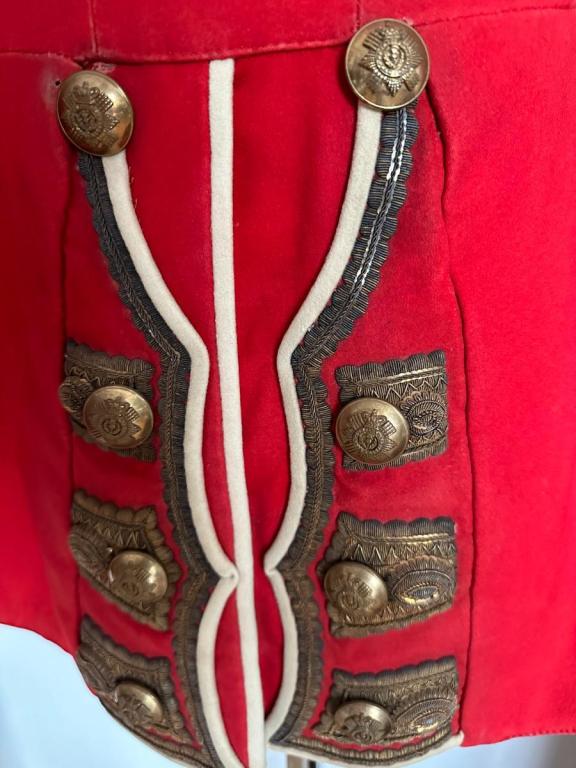
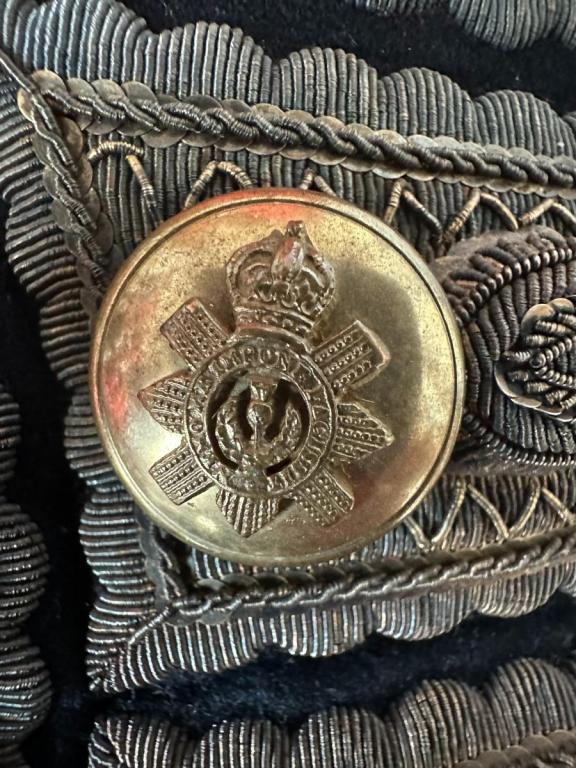
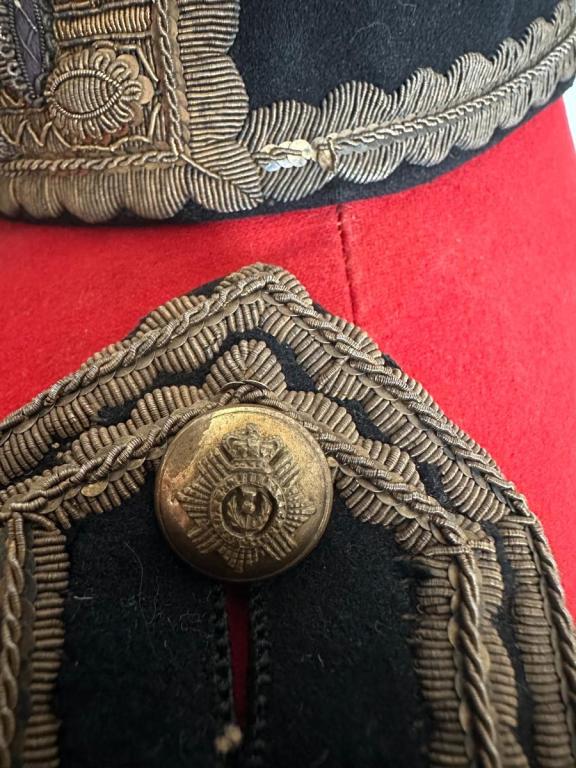
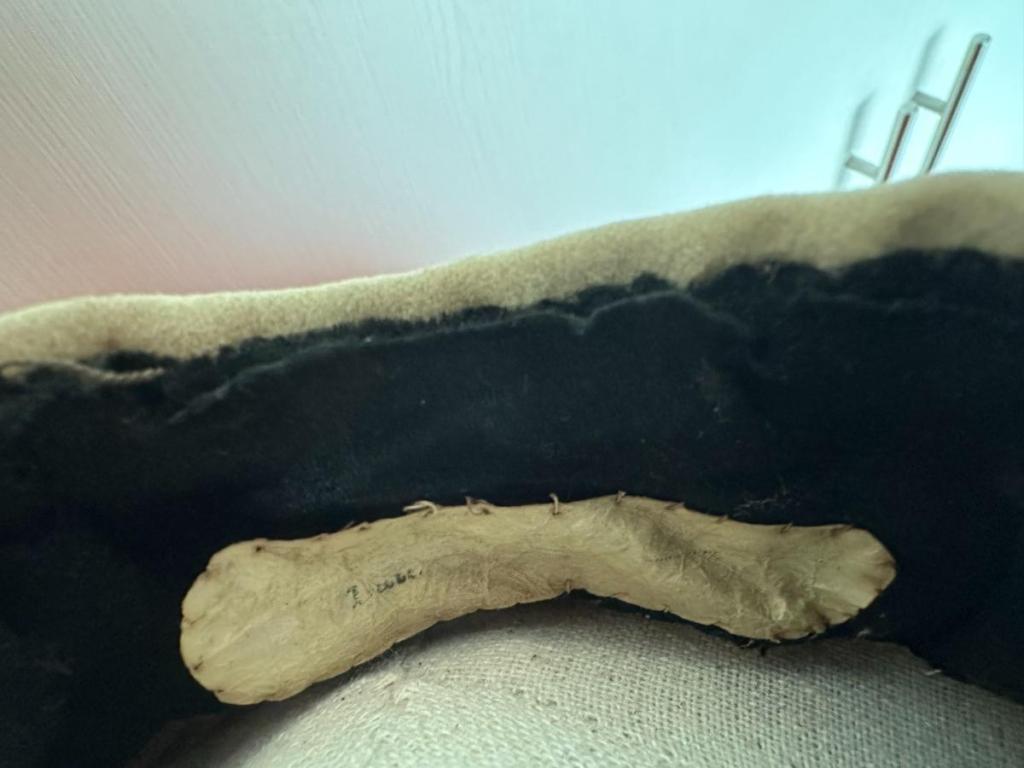
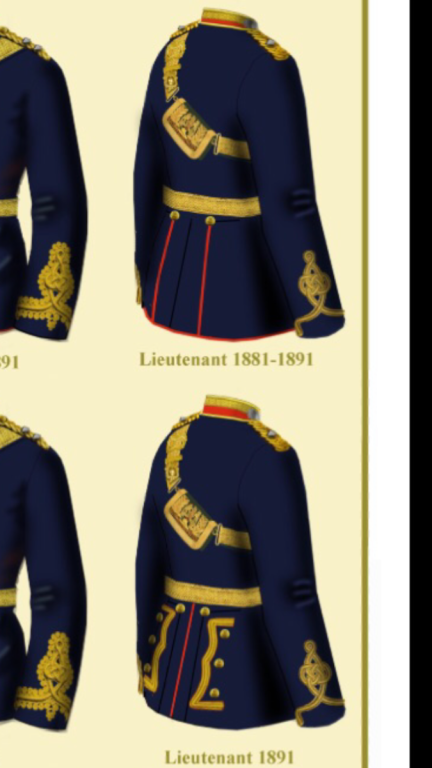

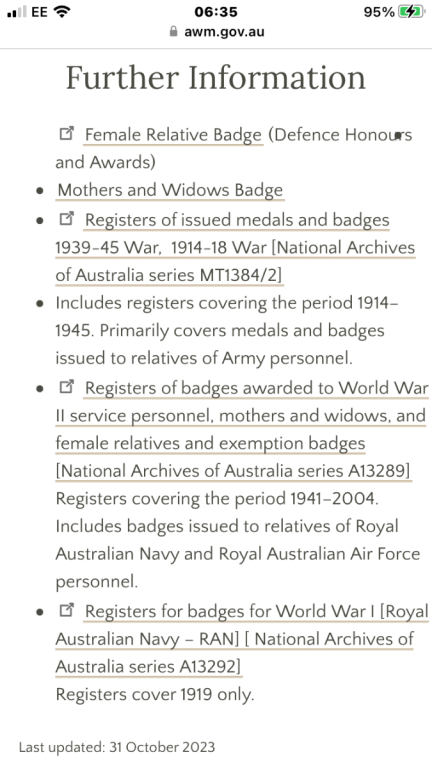
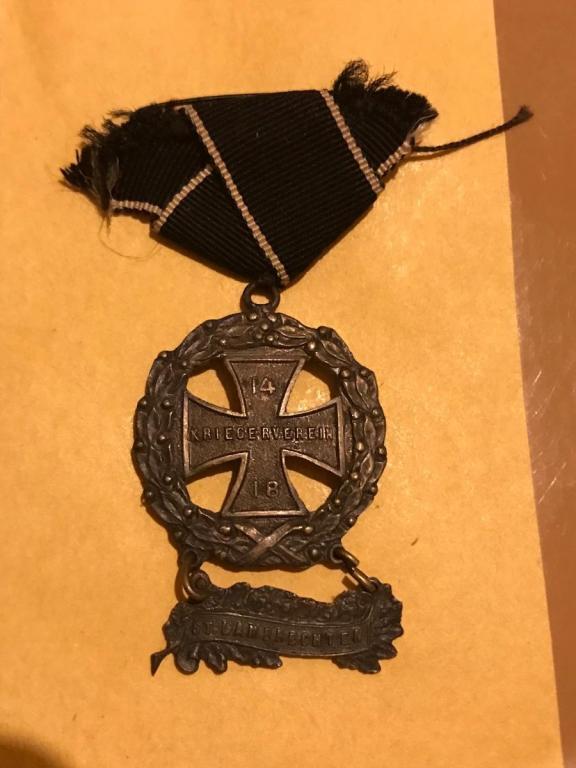

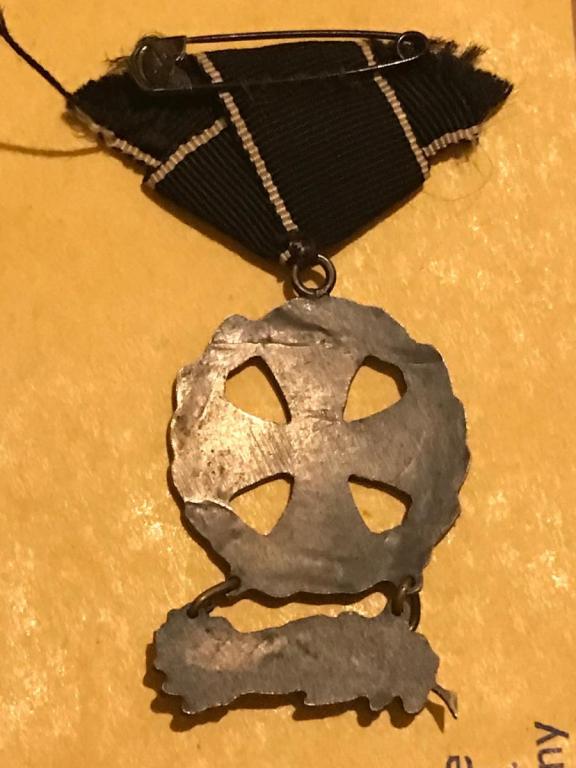
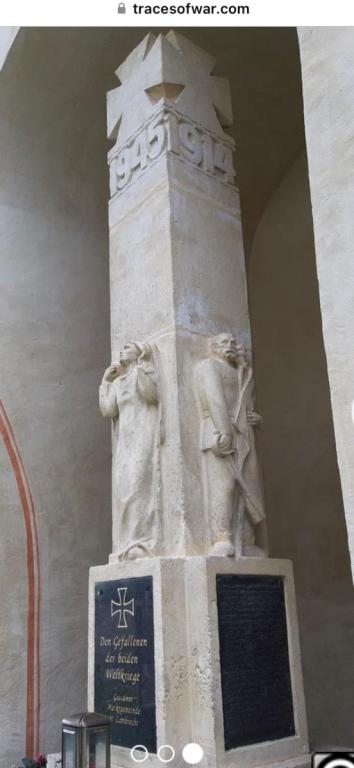
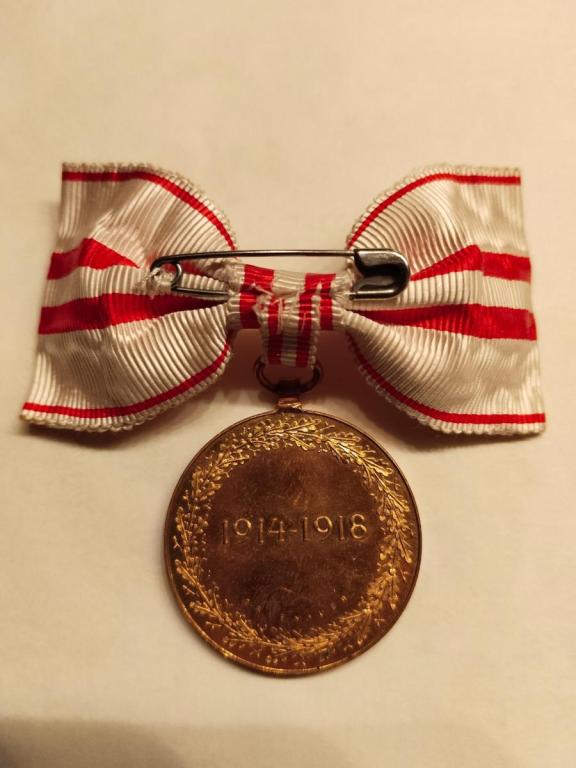


Tunic for Scots Guards Victorian Age - Question about buttons and tailor label
in Great Britain: Militaria: Badges, Uniforms & Equipment
Posted
Nice job finding the crowns 👍👍
Kashket is the usual name on Guards tunics from 20thCentury, so I’ve had a good look to see if a particular tailor was noticeable as responsible for Guards Officers tunics back then and it appears not.
It may be some consolation to know that probably there was no makers name on the label. It isn’t stitched, so it’s unlikely.
I seem to recall it was another 10 or 20 years before stitched labels were used but I may have that wrong, that may not be the case.
I have an Oxfordshire Light Infantry tunic (not guards) from the 1890’s that also has a ‘plain’ label,
- it merely has ‘ No.’ printed on it.
It’s purpose was only to record the order number and name of the customer.
tony 🍻